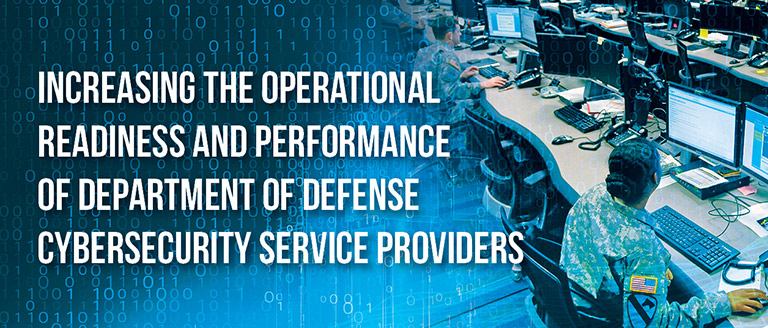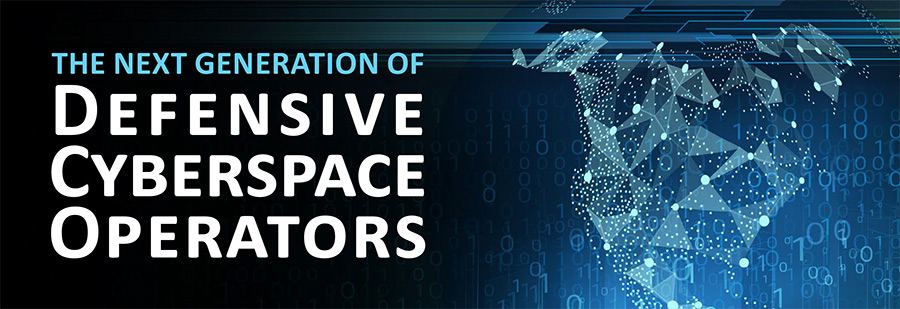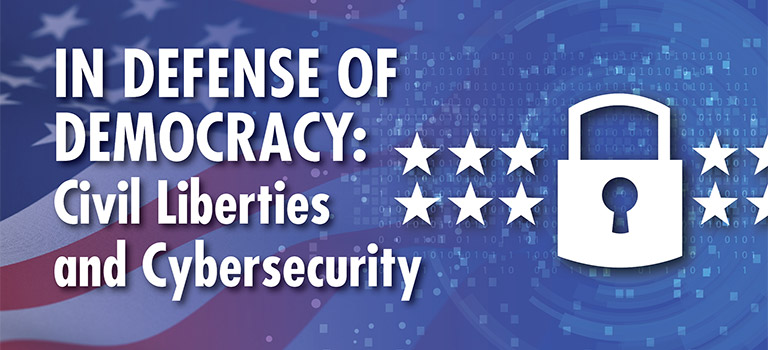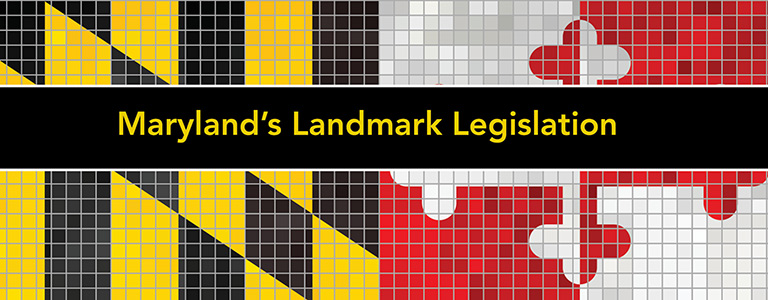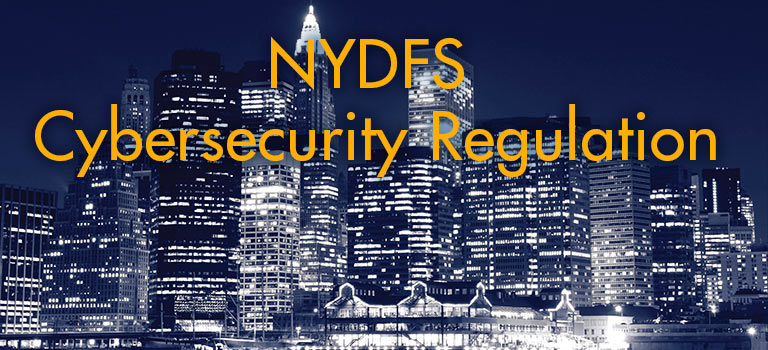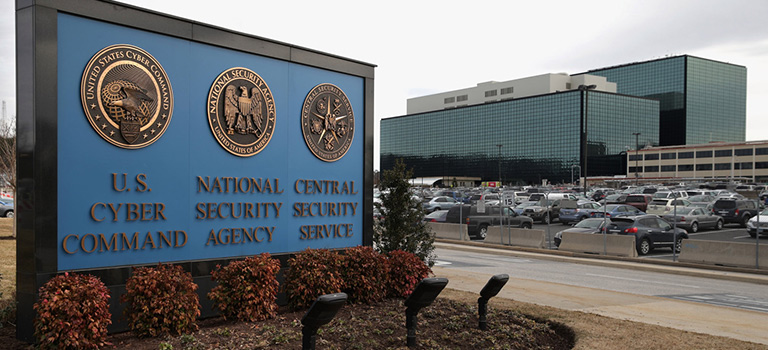Cybersecurity Policy
Designing Compliance: To Cloud or Not to Cloud?
Author(s):
Ryan Brady, Cybersecurity Analyst, ProObject
Organizations implementing a new corporate network may find it more practical to not deploy and manage an on-premises network infrastructure (e.g., a network with local internally managed servers). The cloud provides an attractive alternative. Data storage, virtualization, software development, and system management are all managed offsite by cloud service providers. These offerings collectively comprise software … Read more


